
We’re pleased to announce our latest publication, which is available as a free open-access download, with hard copies also available for sale on our publications page.
Read More
We’re pleased to announce our latest publication, which is available as a free open-access download, with hard copies also available for sale on our publications page.
Read More
Our Roman pottery specialist Eniko has written a fascinating article on this rare and significant find, just published in Britannia.
Read More
The Bronze Age vessel we found in April at Cholsey has now been micro-excavated, with potentially fascinating results.
The beautifully decorated cremation urn was found deliberately buried in the centre of a droveway running through the site in Oxfordshire as an apparent votive offering.
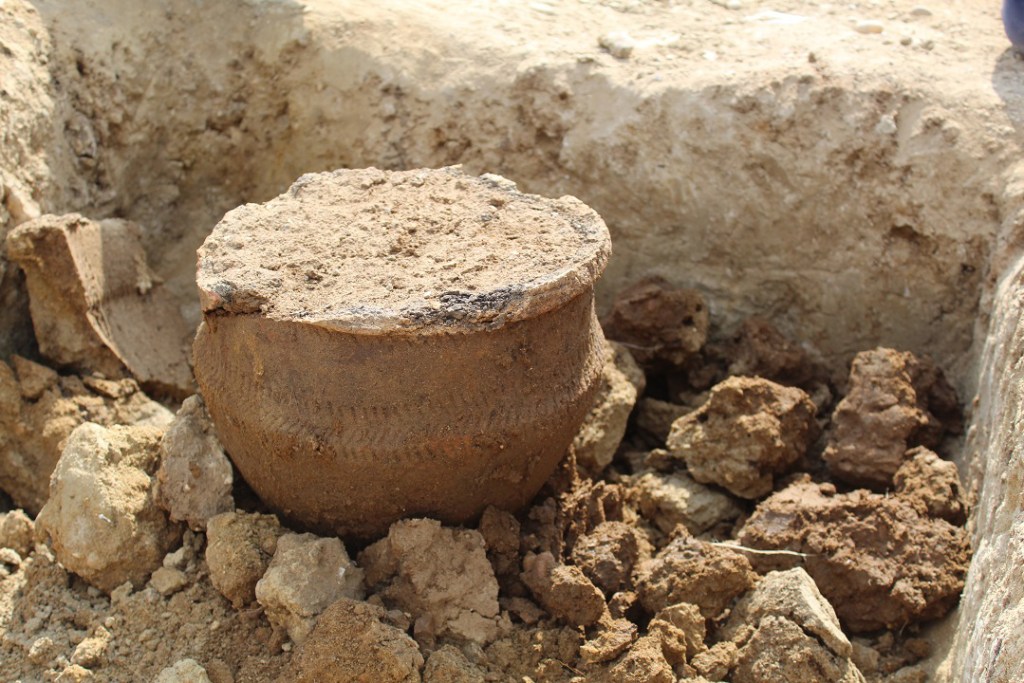
Scans confirmed it held a cremation, and the precise 3-dimensional model produced was used to inform our micro-excavation and sub-sampling strategies. The radiographer identified a possible metal object in the urn so we were excited to see what this might be!
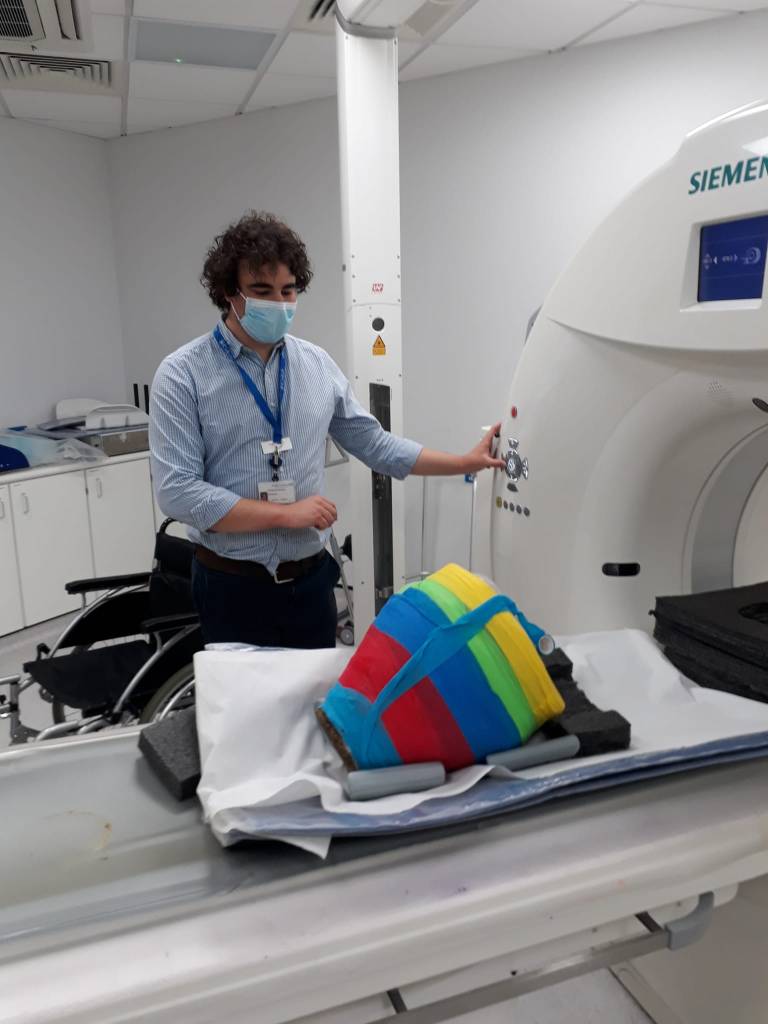
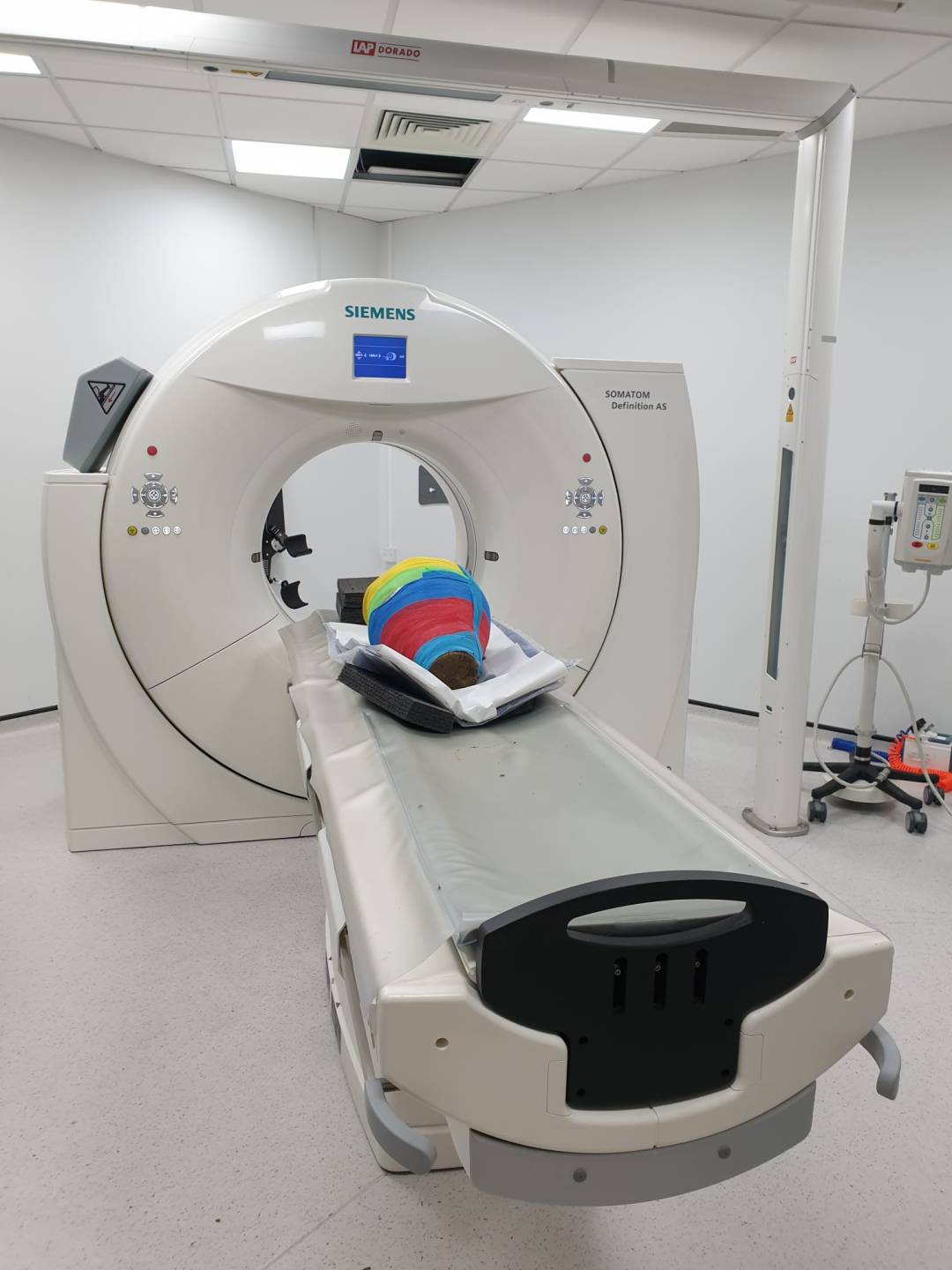
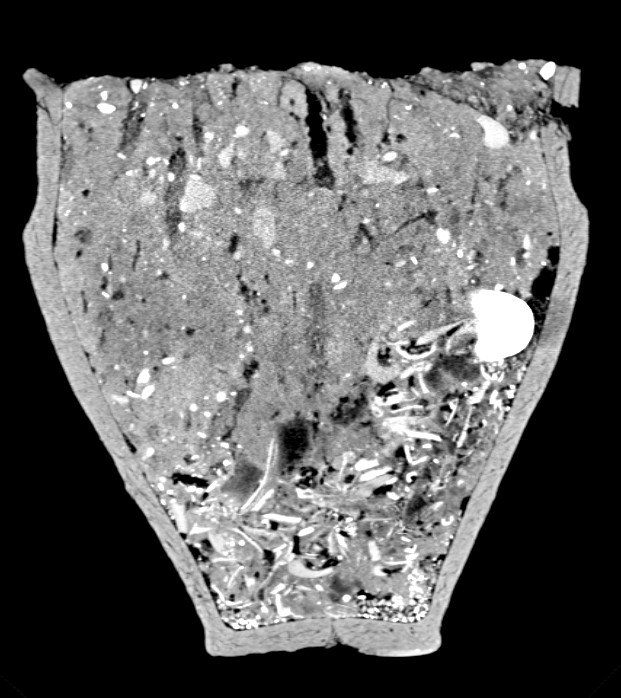
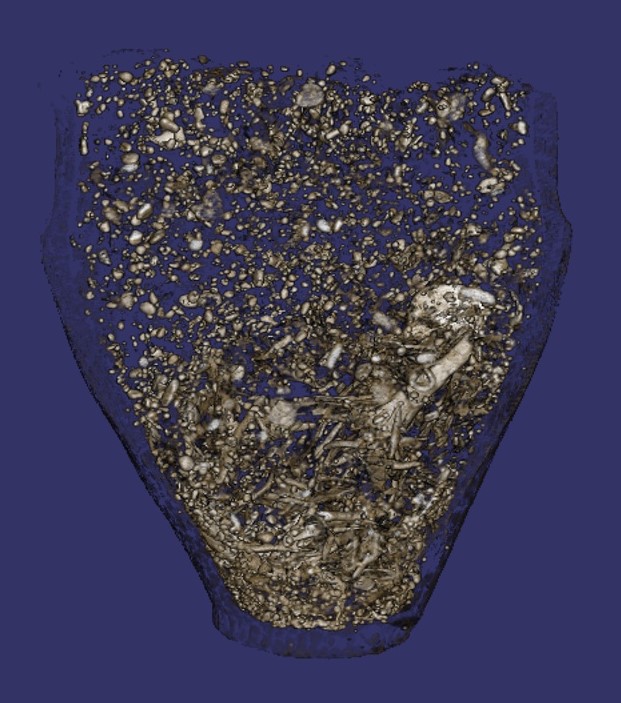
.
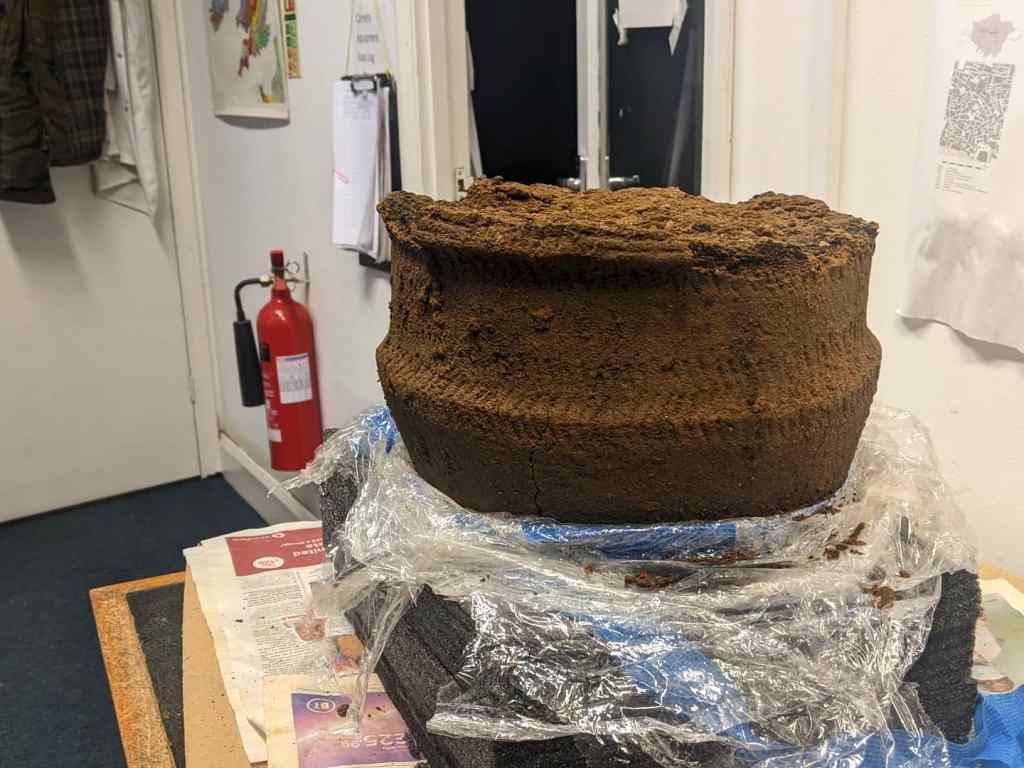
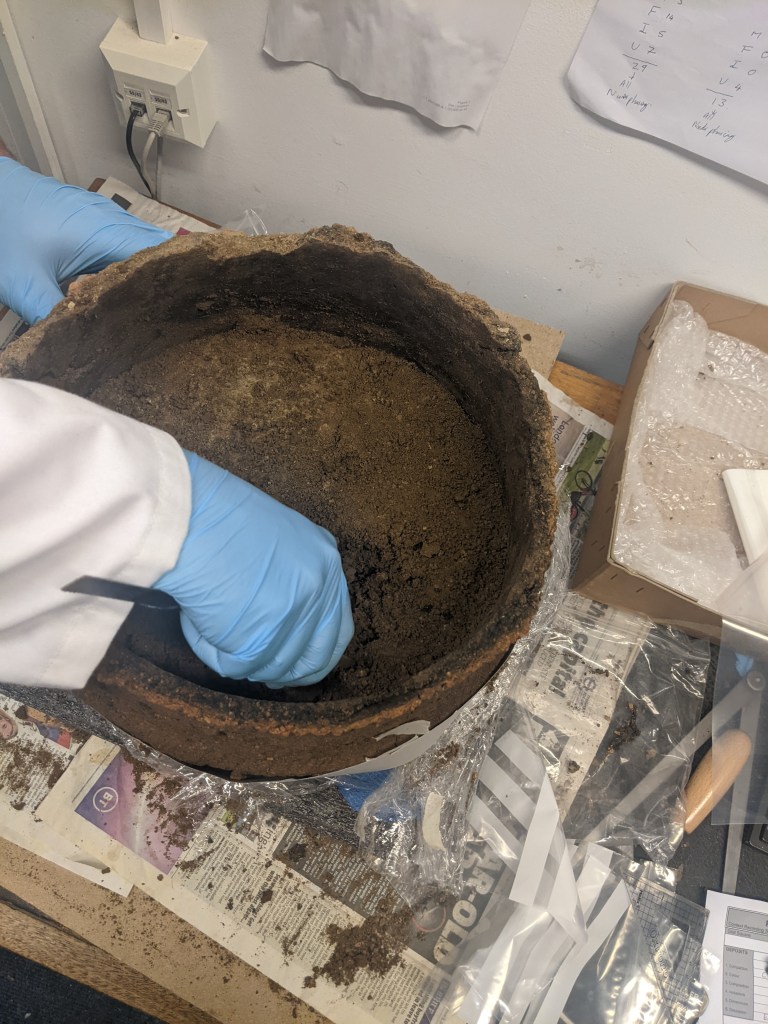


The ‘metal’ object turned out to be a very dense pebble of pyrite, a mineral named after the Greek ‘pyr’ meaning ‘fire’. The urn also contained a piece of struck flint – a plano-convex knife with semi-invasive retouch around all edges. These types of implement were frequently used as grave goods during the Early Bronze Age, this one having been placed after the cremation process with the deceased’s ashes by the mourners. They seem to be quite personal objects and may even acted as a kind of insignia or token of their identity – interestingly this one doesn’t seem to have been used very much and may even have been made specially for the funeral. It is particularly impressive as it seems to have incorporated, or been crafted around, the oval inclusion in the middle which makes it even more striking!

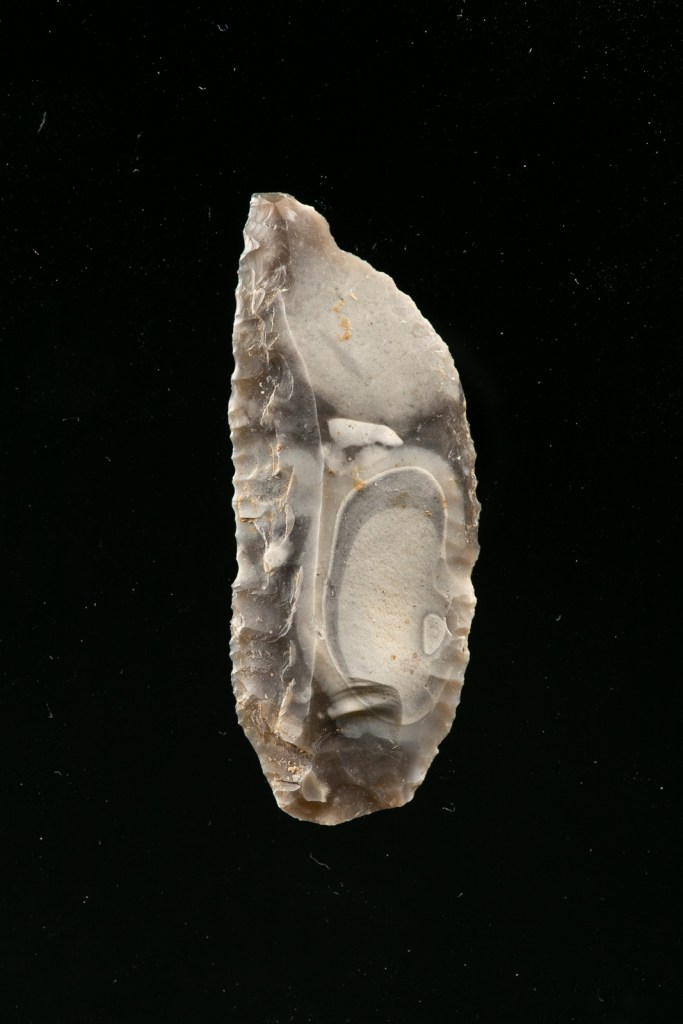
Together these two items raise the exciting and fascinating possibility that they could form part of a strike-a-light, or ‘fire-kit’, attested to in prehistoric mortuary contexts throughout Britain. There is the suggestion of a use-notch on one end of the stone and the rough split edge would produce sparks when struck the flint; these types of knives are known to have been used to make fire in this way.
Strike-a-light kits consisted of a ‘striker’ – a piece of flint, a ‘strike-stone’ – an ironstone such as this and tinder, for example moss, which depending on soil conditions may leave no trace. Evidence suggests that these kits occur most frequently with the burial of adult males; additionally they’re often known to be associated with high-status burials. They have been argued to be symbolic inclusions in a cremation, rather than related to their use, which could explain the minimal wear patterns so far observed.
However, these artefacts will now undertake the next stage of their journey: closer examination by our lithics and stone specialists who may be able to shed more light on the matter! We’ll keep you posted!
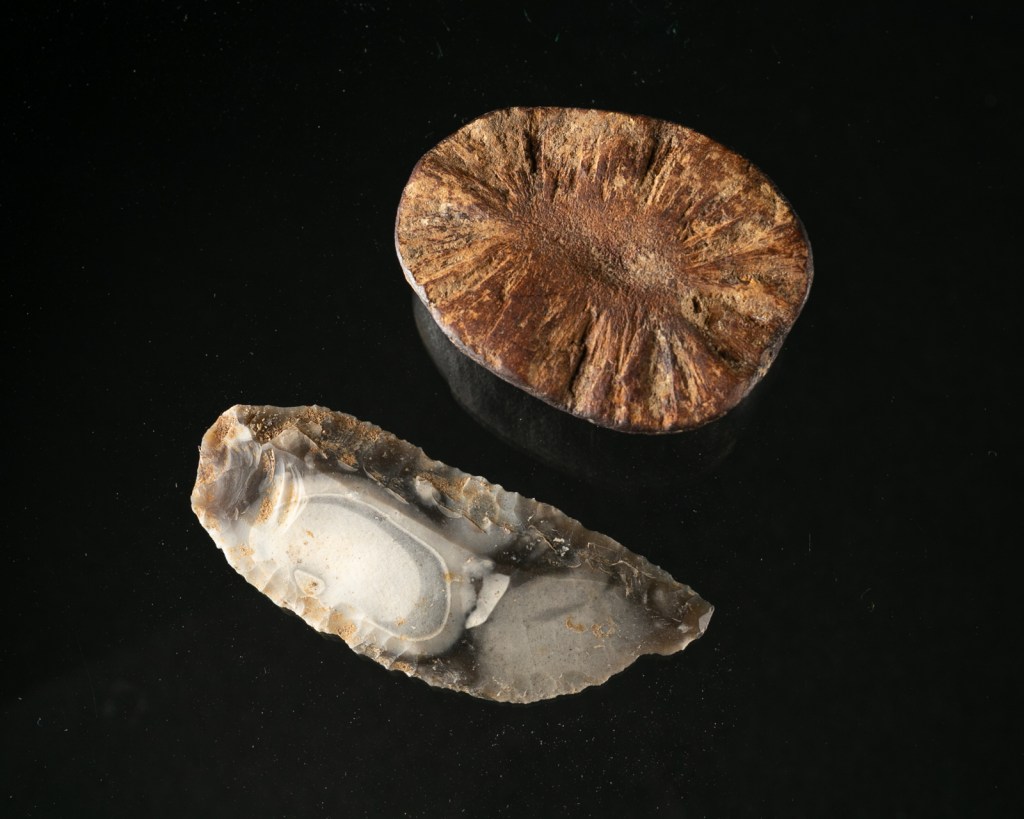

CBA London will be hosting the London Archaeological Forum online this year, on Monday 8th November at 6pm.
Read More
A wonderful find from one of our sites yesterday!
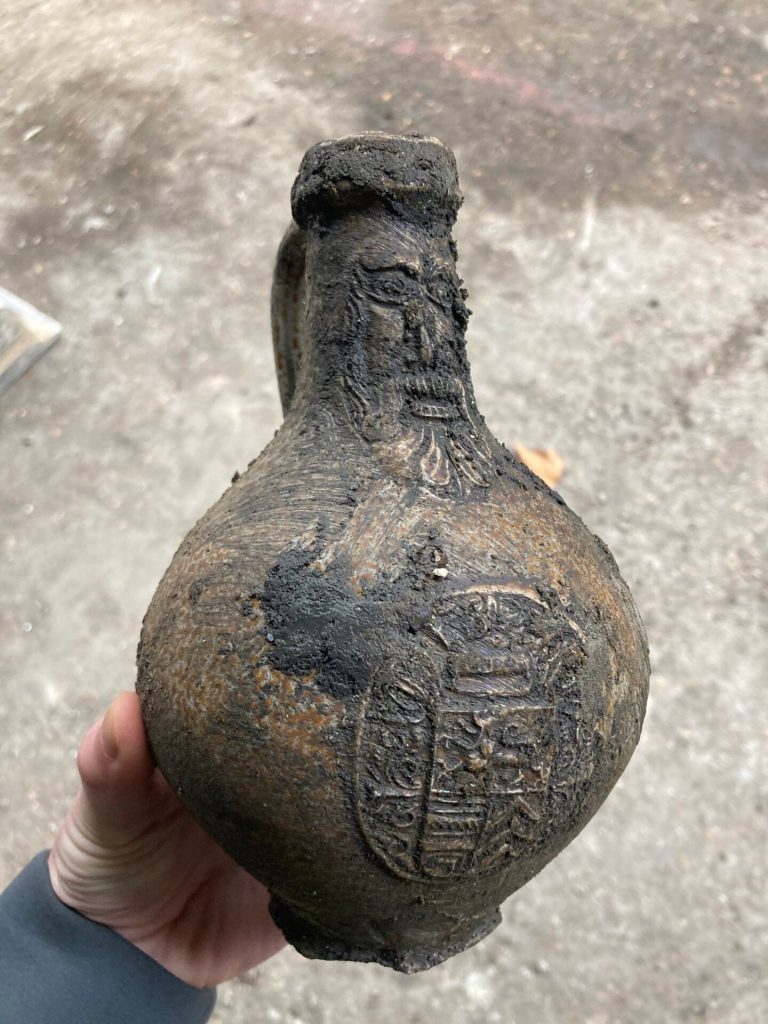
This complete German Frechen stoneware Bartmann (or Bellarmine) jug has a benign face and a medallion with an unknown coat of arms. It dates from c. 1580-90 and was used for serving alcohol (probably ale).
Complete examples of these jugs are more frequent finds than other post-medieval pots because they are a robust stoneware and were often used as witch bottles buried whole, containing nails, hair, urine and other items. Witch bottles were usually buried on the threshold of homes and used to trap and stop evil spirits entering the home. Examination of the contents will reveal whether this is the case with this example!
The faces on Bartmann (which is German for ‘bearded man’) jugs may be a derivation of the green man motif.

Dr James Gerrard will be giving a talk in the Ballroom at Bedale Hall, on Friday 29th October 2021 at 7pm, on the results of our excavations ahead of the Bedale, Aiskew and Leeming Bar bypass in North Yorkshire. A selection of artefacts will be on display.
Read More
This year’s conference, ‘Archaeology of the Church: perspectives from recent work in the South-East’, will be run jointly with CBA-SE and held as an online event on Saturday 27 November.
Read More
The title of this year’s Autumn Roman Finds Group Conference, held in association with King’s College London, is Roman Finds from Infrastructure Projects. The conference be online, and will consist of illustrated papers (some pre-recorded and some live) on Monday 18th October.
Read More
An online discussion via Zoom on Monday 18th October 2021, beginning at 7pm at The Rose Playhouse.
Read More